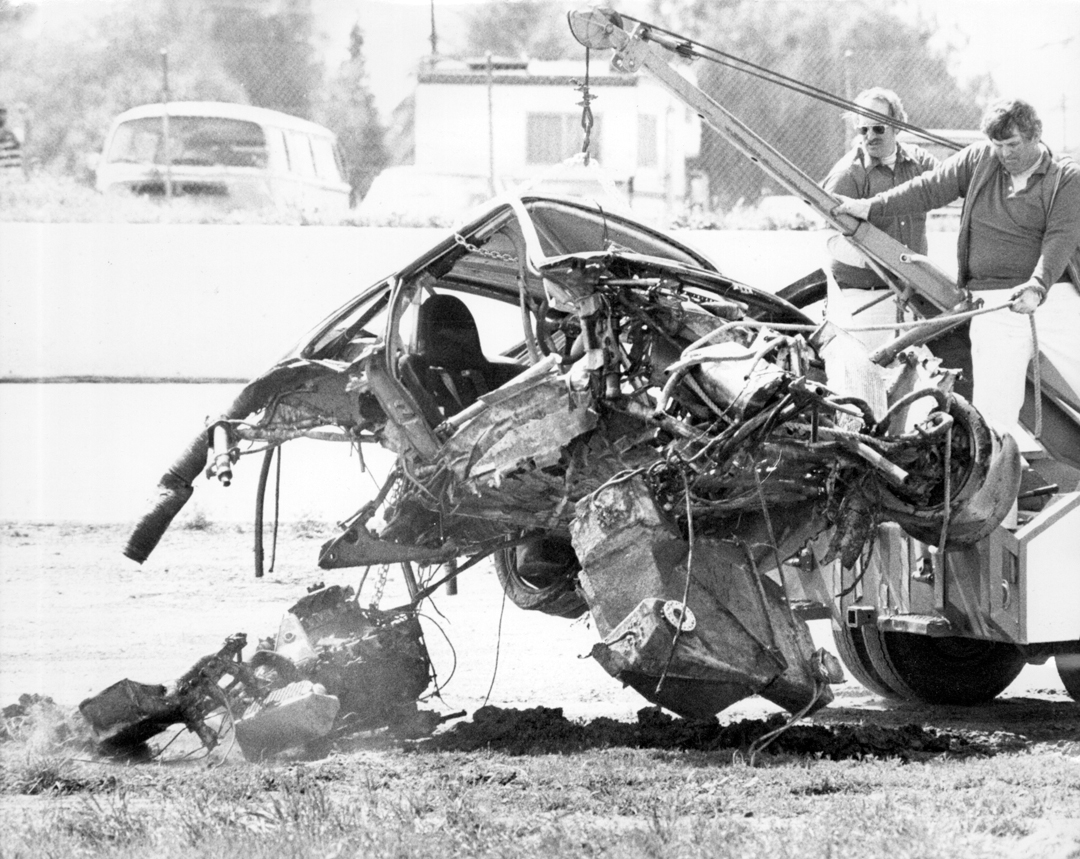Throughout history, men have always competed to go faster, farther, and higher than others, and during the past century much of this has been done in motor cars. In early days no attention was paid to safety, with numerous fatalities meaning motor sport ranked second only to flying homemade aircraft as the leading cause of death in sports. Initially, races were on public roads, with never any consideration for such safety devices as guardrails. Over time, conditions gradually improved, but even as recently as the 1960s, 1 of every 7 drivers was killed at the top level of racing each season.
By the latter part of the decade, a physician was required to be at the circuit, and to bring some “first-aid equipment” along. To put this in perspective, when I first became involved at Mosport Park, the “physicians” of note were a psychiatrist, a dentist, and an obstetrician! Beginning in 1970, I was able to work very constructively with Mosport boss Harvey Hudes, the other track owners, and the Canadian Automobile Sports Clubs to develop the concept of expert trauma physician attendance, well-equipped medical/triage centers at circuits, better communication systems, improved transport systems and, ultimately, rapid intervention vehicles with properly trained crews. Despite several high-profile losses at the upper levels in recent years, by 2004 the risk of death in a high-speed crash—much higher speeds than in the 1960s—had fallen to 1 in 360.
No Subscription? You’re missing out
Get immediate ad-free access to all our premium content.
Get Started



